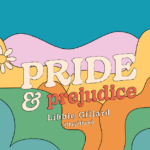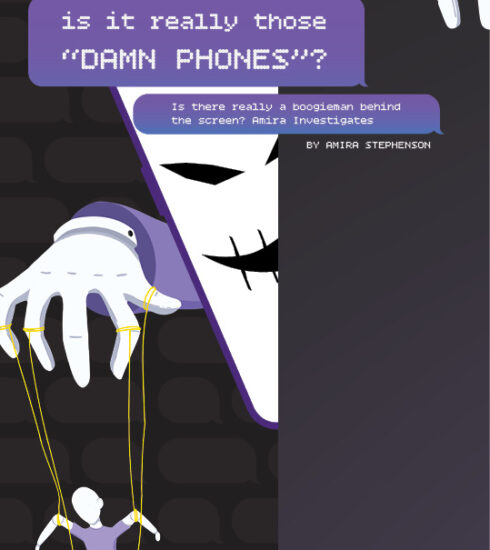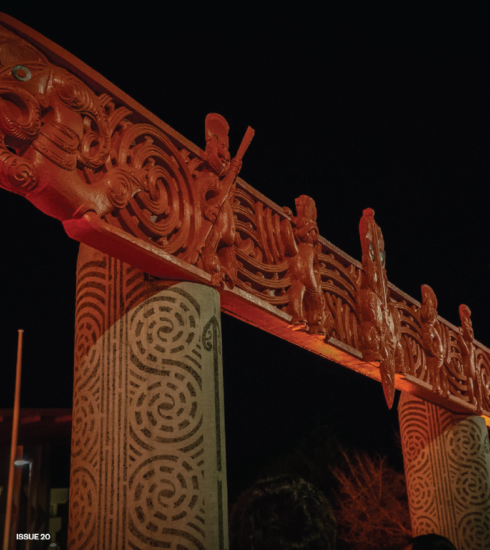Whakapapa Takatāpuitanga
Ētita’s Note: This piece was provided to us by the incomparable Benjamin Doyle, on the premise that we make you, the reader, aware it’s the startings of an incredible thesis being written. With that in mind, it’s still unfinished and a work in progress. A huge thank you e mara.
“In knowing something’s whakapapa, the layers that make it up, you can come to know how it came to be, how it relates to the rest of existence, and how it will come to exist in the future” (Burgess, et al., 2021).
Takatāpuitanga, the lived experience and quality of being Takatāpui, has many layers. The two most obvious of these are a simultaneous identity as both Māori and LGBTQ+. A notion of intersections within Takatāpui identities is, in itself, complicated. For Māori, it is unnatural to separate out aspects of a person’s self, as though they exist in isolation from one another. To view these aspects as intersecting suggests that they can come together at one time, and at another have no overlap or influence on the other. As in the epistemologies of many Indigenous Peoples, Māori believe that all things are inherently related (Kimmerer, 2013; Mika, 2021; Pierotti, 2010; Smith, 2021). We express this, for example, through pepeha which acknowledge our interconnectedness with the natural environment (such as our ancestral mountains and rivers), the waka, iwi, hapū and marae from which we descend, and the whānau to which we belong. These aspects of our identity are deeply related, and therefore exist in constant conversation with one another. For Takatāpui, this way of understanding the universe means that our sexuality and gender is also unable to be disentangled from our identity as Māori; our Māoritanga. It is for this reason that I visualise Takatāpuitanga as a layered whakapapa, rather than as intersectional. As, while Takatāpui is an intersectional identity in its theoretical sense, in reality, the strands of our identity do not simply intersect, they are woven in layers. In short, our identity as Māori wholly informs our queerness.
Whakapapa is foundational to our entire world view as Māori (Pihama, 2017; Pitman, 2012). Conceptually, it is often associated with the English term genealogy. However, this is a limited translation, as in the English there is a primary emphasis on cis-heteronormative nuclear family values. In Te Ao Māori, the notion of whakapapa is expansive and fluid. Firstly, there is no criteria that dictates only human or genetic ancestry. This is seen most powerfully in the way we acknowledge Ngā Atua, especially Papatūānuku and Ranginui, as our tūpuna, and the taiao as our tuakana. Secondly, whakapapa holds a much more relational understanding of whānau than in the Pākehā equivalent. Within a Maori worldview, the concept of whānau includes people who might not necessarily be related through birth or union, but rather, by virtue of their importance in one’s life. Thirdly, whakapapa has less interest in a linear transmission of time than genealogy. While there is certainly a generational progression in the lives of people, the concept of time and space is not concrete. One of our whakataukī describes the way we percieve passing through time as moving backwards into the future – kia whakatōmuri te haere whakamua. Because of this, there is little expectation for formal titles to denote the distance of a person to their relative. Second-cousin, great-aunt, step-sibling, and niece-in-law are, therefore, superfluous terms from a Māori world view. These relationships will often simply be acknowledged and treated as whānau – be that cousin, aunty, sibling, or niece – and certainly with little interest in a prefix denoting distance or authenticity. For these reasons, whakapapa is understood as a guiding principle in Te Ao Māori that shapes our interactions with all things, living and inanimate, as we acknowledge that nothing exists in isolation, but is a product of its whakapapa.
If we are to hold true that all things belong to a whakapapa, it follows then that there is a whakapapa of Takatāpui identities and narratives. The lived experiences of this whakapapa reach back as far as our most ancient tūpuna. So far, in fact, that we find ourselves at the very begining, in Te Kore – the genderless, fluid, potential from which all things descend. Takatāpui belong to this narrative, we are woven stands of the whakapapa. In fact, through reclamation, restoration, and representation projects, members of our own community have extinguished any doubt of our perpetual existence (Aspin & Hutchings, 2007a, 2007b). Papahou, waka huia, pūrākau, mōteatea, and waiata all confirm this fact, displaying a memory of our Takatāpui narratives from a not-so-distant past. The transmission of these narratives, however, has been violently disrupted by a period of sustained colonisation since the arrival of Pākehā on the shores of Turanga-nui-a-Kiwa in 1769 (Aspin & Hutchings, 2007b; Kerekere, 2017; Mikaere, 2019; Smith, 2012). It is only in recent decades, since the 1980s, that work has been done to recentre Takatāpui as a real, active, and historical component of Te Ao Māori. The reemergence of this kaupapa marks the beginning of a contemporary whakapapa Takatāpuitanga. The first intensive effort since the beginning of colonisation on these lands. Like the generational flow of ancestry, passed through the relational bonds of whānau, hapū, and iwi, the germination of this new era of whakaaro has blossomed through a process of whakapapa kōrero. Unlike the pace of human genealogy, however, the generational layers of thought and discourse about Takatāpui have unfolded, and continue to do so, at such momentum that those who nurtured the seeds of dialogue in their early stages are still contributing to the conversation, now as tuakana and kaumātua, in its continued life and growth.





